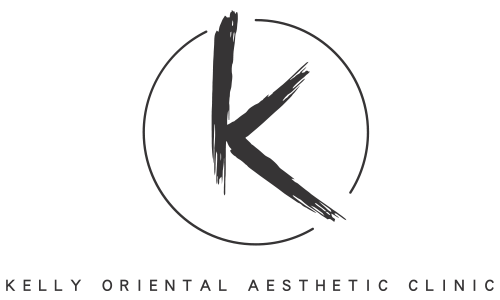Fillers
How often should you get dermal fillers done?
How often should you get dermal fillers done?
The frequency of dermal filler treatments varies based on the type of filler, treated area, and individual metabolism. Hyaluronic Acid fillers like Juvederm and Restylane typically last 6-18 months, while more robust options such as Calcium Hydroxylapatite (Radiesse) and Poly-L-lactic Acid (Sculptra) can last up to 2 years. Polymethylmethacrylate fillers (e.g., Bellafill) offer semi-permanent results, lasting 5 years or more. Autologous fat transfers may provide semi-permanent enhancements but require a period for potential reabsorption.
Dermal fillers, used to create volume and smooth out wrinkles or plump areas such as the lips, have varying longevity depending on the type of filler used, the area treated, and the individual’s metabolism. Here’s a general guideline:
Hyaluronic Acid Fillers: These are the most common type of fillers, including brands like Juvederm, Restylane, and Belotero. They can last from 6 months to over a year, with some newer formulations lasting up to 2 years. Areas with less movement, like the under-eye area, may enjoy longer-lasting results, while areas with more movement, like the lips, may metabolize the filler faster.
Calcium Hydroxylapatite Fillers (Radiesse): This type of filler is typically used for deeper lines and wrinkles and can last from 12 to 18 months.
Poly-L-lactic Acid Fillers (Sculptra): Sculptra is designed to stimulate collagen production, offering results that can last more than 2 years. However, it may require a series of treatment sessions to achieve the desired outcome.
Polymethylmethacrylate (PMMA) Fillers (Bellafill): Bellafill is considered a semi-permanent filler that can last up to 5 years or more. It’s used for deep wrinkles and volume loss but has a higher risk of complications compared to other fillers.
Autologous Fat Injections (Fat Transfer): This procedure involves transferring fat from another area of your body to the treatment area. The results can be semi-permanent, although some of the transferred fat may be reabsorbed by the body within the first few months.
The frequency of treatments will depend on how your body metabolizes the filler, the area treated, and your desired results. It’s common for patients to schedule maintenance treatments before the filler has completely metabolized to maintain their results. A consultation with a qualified healthcare provider specializing in cosmetic procedures is essential to create a treatment plan tailored to your specific needs and expectations.
What are dermal fillers?
Dermal fillers are injectable substances used to restore or add volume to the face, smooth wrinkles, soften creases, enhance facial contours, and improve the appearance of scars. They are a popular non-surgical option for facial rejuvenation and are used to address various signs of aging or enhance facial features. The effects of dermal fillers are temporary, lasting from several months to years, depending on the type of filler used, the area treated, and individual factors like a person’s metabolism.
Types of Dermal Fillers
Hyaluronic Acid (HA): A naturally occurring substance in the skin that helps retain moisture and adds volume. HA fillers, such as Juvederm and Restylane, are popular for their natural-looking results and minimal risk of side effects. They can last from 6 months to over a year.
Calcium Hydroxylapatite (CaHA): Found naturally in human bones, this mineral-like compound is used in fillers like Radiesse. It’s typically used for deeper lines and wrinkles and can last around 12 to 18 months.
Poly-L-lactic Acid: A biodegradable synthetic substance that stimulates collagen production. Sculptra is a filler of this type, designed to gradually improve the treated area over time, with results that can last more than 2 years.
Polymethylmethacrylate (PMMA): A semi-permanent filler, such as Bellafill, that contains tiny PMMA microspheres suspended in a collagen gel. It’s used for deep wrinkles and volume loss, with results that can last several years.
Autologous Fat Injections (Fat Transfer): This procedure involves harvesting fat from one’s own body (usually the abdomen or thighs) and injecting it into facial areas needing volume. This method can offer semi-permanent results, though some of the fat may be reabsorbed by the body.
Uses of Dermal Fillers
Adding Volume to Cheeks: Restoring youthful fullness.
Lip Enhancement: Adding volume and defining the lip border.
Smoothing Nasolabial Folds: Softening the lines from the nose to the corners of the mouth.
Marionette Lines: Reducing the lines from the corners of the mouth down toward the chin.
Under-Eye Hollows: Filling in the tear trough area to reduce the appearance of tired eyes.
Hand Rejuvenation: Restoring volume to the back of the hands, making veins and tendons less visible.
While dermal fillers are generally safe, they carry the risk of side effects, such as swelling and bruising. It’s crucial to have these treatments performed by a qualified healthcare professional who can assess your suitability for the procedure and manage any potential risks.

